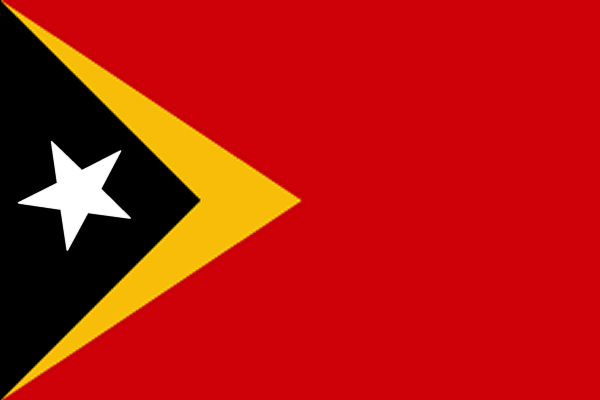Wednesday, 24 October 2007
After a brief introduction, the Chair person gave the floor to Dr howard Zucker, Assistant Director-General, Health Technology and Pharmaceuticals. He was very brief an pointed out the main issues of essential medicines: what is the appropriate dose for children under 12; malaria ; tuberculosis ; filling out the gaps …
The Chair then gave the floor to Dr Hans V. Hogerzeil for general remarks before the presentation of several reports. He stressed out the 30 years of Essential Medicines (1977-2007).
What have been done?
- WHO notes that there are a cumulative number of national policies.
- In 1959, 156 countries with EDLS.
- The number of countries with updated EMLs seems to decrease.
- The number of people with access to essential drugs has nearly double in 20 years. More regular access to medicines. BUT in 1977, 2 billions people over 4 didn’t have regular access to medicines and today the number didn’t decreased. There is still 2 billions people (over 7) who doesn’t have regular access to medicines. 1/2, 1/3.
- Self assessed access to essential medicines in LIC and MICs is increasing.
Essential Medicines has become and has remained universal and stands firmly for common sense, equity, pro-poor, pragmatic approach, good governance...
Dr. Hogerzeil also stresses out the following achievements on medicine policies:
- Guidelines for national drug policies.
- More than 100 countries have developed national need policies.
- Innovation of public health thinking (impact trips on access to new essential medicines, WHO/UN pre-qualification project, global medicine prices survey methodology for NGOs, access to essential medicine as part of Human Rights)
- Thousands of peoples trained in medicine policies, quality assurance.
There is also according to Dr. Hogerzeil an improvement on the access of medicines: source and prices of medicine, best prices in supply management, medicine prices survey over 50 countries, global standards for medicine donation, improvement of national access indicators… thus the challenges are to promote vertical disease-oriented supply program by the donors, the need for horizontal medicine system in insufficiently medicine access.
Another issue was one of the quality of essential medicines. WHO ensure quality norms and standards for new essential medicines. International pharmacopoeia has become a primary global reference for a number of essential medicines. And there is a WHO and UN pre-qualification project. The model list of essential medicines is updated every 2 years since 1977 and there is a model list for children since 2007.
Finally the issue of traditional medicines is also a very important one. WHO established a stronger scientific base for safety and efficacy of traditional medicines, guidelines for registration of traditional medicines, increasing number of countries with TM/CAM policies.
Dr. Suzanne Hill quickly presented the updated process of the expert committee. She listed meetings that have already occurred on the related field and then stressed out some key issues that need to be manage by the committee:
- process and terms of reference for the subcommittee.
- Prepare a list of medicines for children.
- Determine suitability criteria for dosage forms of medicine for children.
- Identify the clinical needs of children under 12.
Mr. Andy Gray presented the Report from the First Meeting of the Subcommmittee of the Expert Committee on the Selection and Use of Essential Medicines.
The first issue deals with the scope of the provisional list:
- for children up to 12.
- Including Neonates (oral liquid forms noting problem with them)
- For consistency based on essential medicines (it may be missing some specific diseases, generally covers burden of diseases)
- Problem with poverty of data (need to indicate limitation of data and restriction).
Mr. Gray also talked about the main causes of death of children under 5 which are : malaria, pneumonia, aids, injuries, measles, diarrhoeal, neonatal severe infections, other neonatal causes…
The areas of significant difficulties are the following: neonates are noting burden of diseases, children with TB, neglected tropical diseases, respiratory diseases (infection and wheeze), chronically diseases, cardiac, diabetes, specific antibiotics, oncology, pain management.
After this presentation the president gave the floor but no one took it so he invited Dr. Suzanne Hill and Dr. Elizabeth Zisovska to present the report on preliminary work on neonates.
The main principles:
- WHO support to primary and first level care of neonates.
- Secondary and tertiary care option.
- Priority condition and burden of disease.
- Transitional middle income countries.
On the 2nd and 3rd level:
- problems related to pre maturity (respiratory…)
- cardiovascular problems, infections, asphyxia…
The last report presented was done by Dr. Hill again on research priorities:
The meeting objectives:
- to develop a list of research priority for improving essential medicines.
- To develop a strategy for promoting this global research agenda.
- To identify research question from an existing list of possible review.
The very high priorities:
- review of the medicine used for TB in children.
- Drugs for a line treatment of TB in children.
- Evidence of efficacy and safety of use of essential medicines for children below the licensing age limit.
- Application for inclusion of oral cephalosporin for use in children.
For a conclusion the chair made a brief statement and the main point was that the dosage should not only depend on the age but also on the weight. The latter can vary widely between developed countries and sub-Saharan countries.
Ismaila Pedro FAYE
mercredi 24 octobre 2007
Inscription à :
Articles (Atom)
